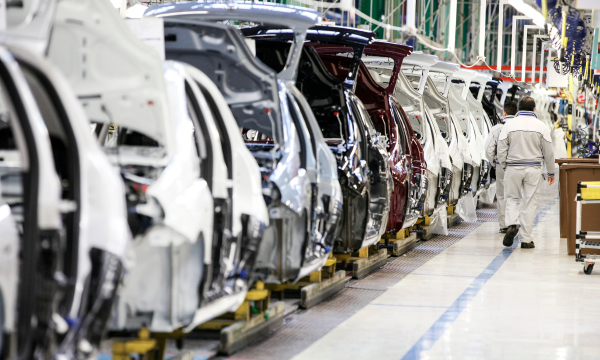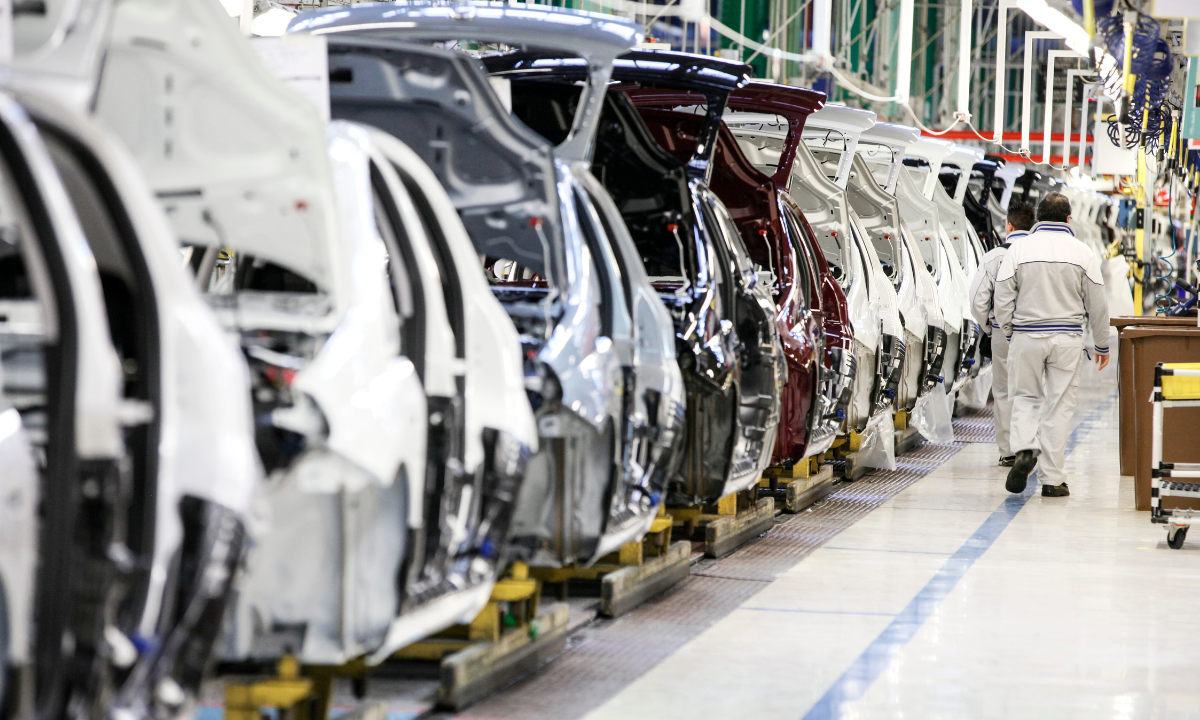
Skilled worker shortages are a big concern throughout auto industry
There is no doubt that the lack of skilled workers is one of the most pressing issues that business owners are facing in today’s economy.
More than ever in our history, our society is heavily reliant on service offerings by private actors. From auto technicians to plumbers or to doctors, the better than average quality of life for Canadians is directly related to the access to said services. In 2018, the value added from services represented almost 68 per cent of Canada’s total GDP.
Of course, workers are what drives every type of economic sector. The problematic aspect with the tertiary sector (services) is that as the technology underlying new products is evolving, the level of skills required to interact with these products (repair, operate, teach usage, etc.) is quickly increasing.
This phenomenon is particularly true when it comes to the auto sector—the new generation of vehicles are characterized by this electrification and digitalization process that will require an entire overhaul in the expertise of repair and service technicians.
The labour shortage issue for auto dealers adds another layer of complexity that business owners in other sectors do not have to deal with—public perspective. As many know, there is still a lingering stigma regarding repair and service technicians’ jobs in the automotive industry. This stigma is rooted in cultural representations of the auto sector and in the steadily increasing societal pressure for students to eventually attend university… which is unfair considering that in the 21st century many auto-sector gigs require, at minimum, some university-level training.
This negative public perspective has undermined the efforts made by industry leaders and trade schools to promote the quantity, and most importantly, the quality of jobs that are available in the auto industry.
The narrative frequently presented is that while businesses have a hard-time finding the right people for their open positions, our economy is still thriving and generating more jobs—thus exacerbating the difficulties associated with the lack of workforce.
Through a CADA led survey, dealers have been adamant that there is a severe lack of “new blood” in the talent pipeline—at a time where knowledge of new automotive technologies is at a premium.
Out of the 300 respondents, 83.3 per cent said they are facing an acute shortage in repair technicians and service department workers. More than 35 per cent mentioned that the young workers interested in this industry do not have the skills required to engage with the new electric or highly digitalized vehicles while 97 per cent of the dealers surveyed have said that the situation will get worse.
I explained in the article for the February edition that it would be beneficial for everybody to have more nuanced, facts-based discussions about the overall state of the economy.
I believe that a similar change is also necessary when it comes to the narrative regarding labour shortage and the growth of the Canadian economy. This critique stems mainly from the double-discourse that we can observe throughout the media landscape and from our provincial and federal governments.
While several investments and commitments, notably by Immigration Canada, have been made to alleviate the pressure generated by the lack of workers, the low-unemployment numbers are also frequently used to highlight how dynamic and growthinclined our economy is.
The narrative frequently presented is that while businesses have a hard-time finding the right people for their open positions, our economy is still thriving and generating more jobs—thus exacerbating the difficulties associated with the lack of workforce.
Moreover, this problematic state of extreme labour market tightness (5 per cent unemployment) always seems to be paralleled with the eventuality of an economic contraction, as if the downturn would push more people to the job-market. Historically, this assumption has often been validated: unemployment rate in 2008 went from 6 per cent to 8.8 per cent and went from 8 per cent to 12 per cent during the 1991 economic crisis (source: Globe and Mail).
The situation might be extremely different in 2023 as many economists believe that unemployment levels could remain at all-time lows even if Canada’s experiencing a recession. One of the most potent explanations for that is that the 55+ age bracket is the fastest growing in the country while being one of the least involved in the production (workers) side of our economy.
For auto dealers, the labour shortage crisis simply will not end with an economic adjustment, no matter the scale. The majority of technicians are closer to retirement than their apprenticeship and the overall intake in new students simply isn’t sufficient for what this industry will need during the ongoing transition towards a full EV market.
This is not news to anybody, especially not for automotive dealers. The reality is that the public narrative on unemployment has to change by, for example, incorporating more openly the dynamic of population aging in Canada.
Linda Nazareth presented a similar argument beautifully in the Globe and Mail earlier this month: “What is certain though is that when it comes to assessing the damage of this downturn in the business cycle (whether or not we call it a recession) we need to read the tea leaves differently than we have in the past.”
Nobody is more in-tuned with the workforce challenges than the people involved in the auto-industry. Now is the time for the people in key positions to listen to them while steering away from the “laissez-faire” attitude based on the historical effects of past recessions and look at Canada’s current situation as something completely unique requiring perhaps some unexpected partnerships.

















